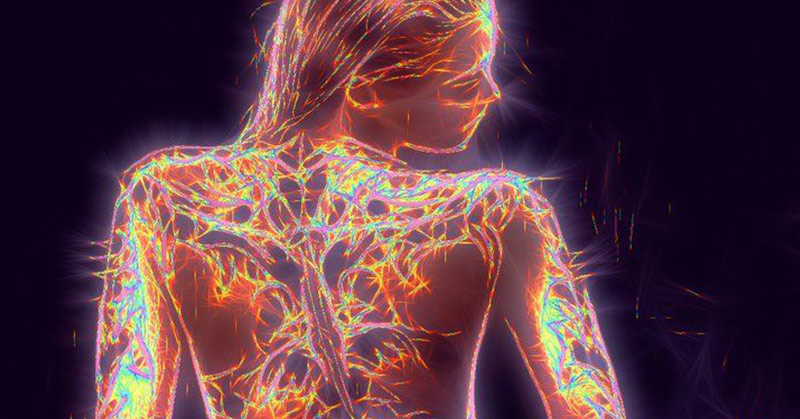What does fibromyalgia feel like? It’s different for everyone. Ask 10 people with fibromyalgia and you may get 20 different answers. Not only is there physical pain, but there’s also chronic fatigue, “fibro-brain” fog, and the struggle to explain to loved ones why it’s hard to get out of bed some mornings. If you’re questioning whether your symptoms could be fibromyalgia or looking for ways to support someone with the condition, understanding its causes, symptoms, and natural treatments can be helpful.
Fibromyalgia is a chronic disorder affecting muscles, bones, and soft tissue, causing varying levels of pain throughout the body. Symptoms are diverse, making diagnosis difficult and often leading to misdiagnosis. Approximately 10 million Americans, mainly women, suffer from fibromyalgia which can manifest in full-body pain, fatigue, sleep disturbances, cognitive issues, headaches, numbness, digestive problems, temperature sensitivity, and more.
Though the cause remains unknown, factors like genetics, infections, chronic illnesses, and physical or emotional trauma may contribute to the development of fibromyalgia. Diagnosis is typically made based on a history of widespread pain, general symptoms like fatigue or memory problems, and a physical exam to locate areas of pain.
Treatment often involves a variety of medications like pain relievers, antidepressants, and anti-seizure drugs, but these can come with side effects and long-term consequences. Natural methods like diet modifications, supplements, herbs, and mind-body practices like yoga and tai chi can help manage symptoms with fewer risks. By exploring these alternative approaches, individuals with fibromyalgia can improve their quality of life and find relief from chronic pain and fatigue.






